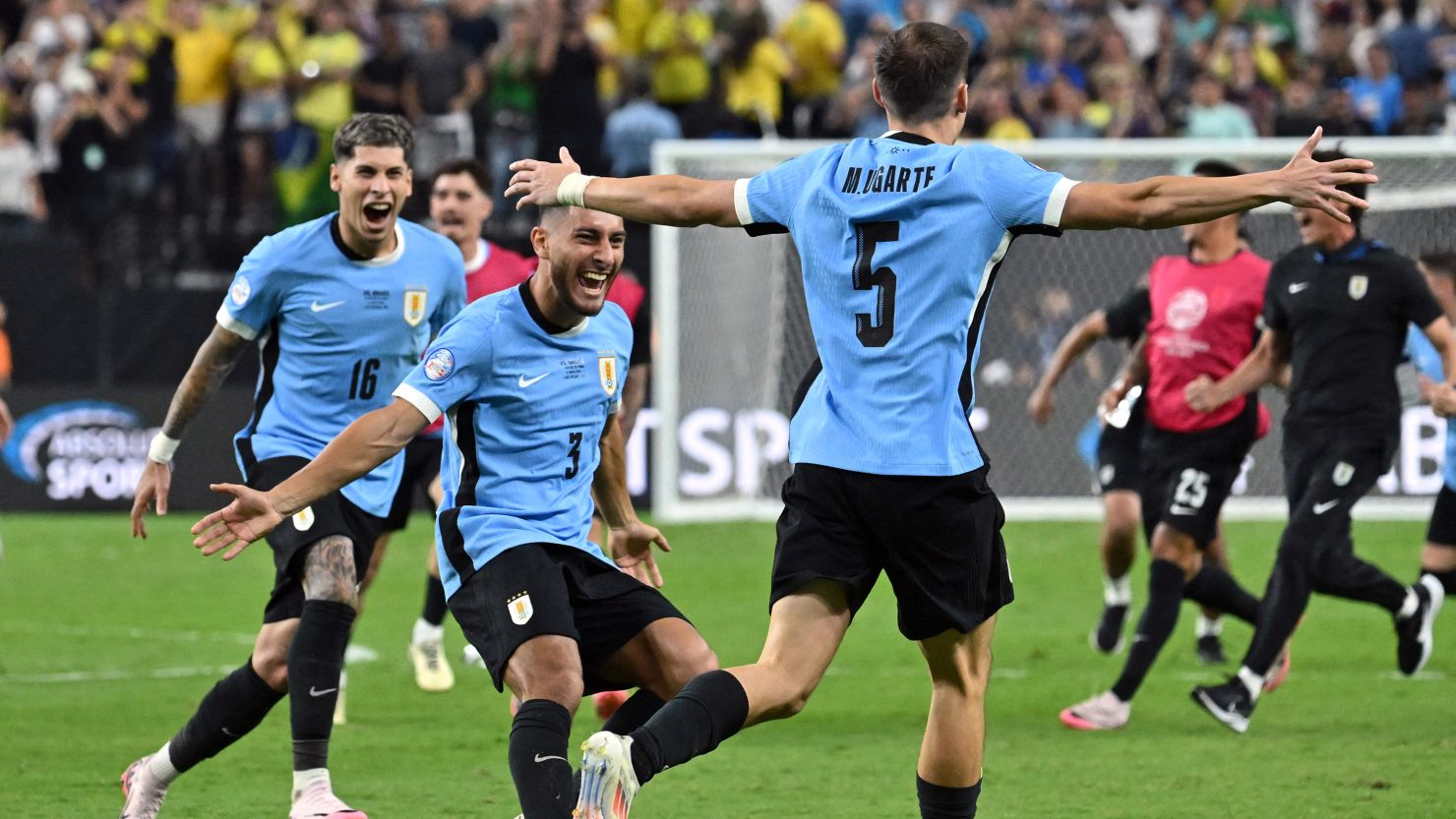(BD TOP NEWS BLOG)_ For a long period now, Uruguay and Colombia are two big teams in South American football that come from countries steeped in history and veritable cauldrons of passion for the beautiful game. Their encounters on the field often have elements of intensity, skill, and unpredictability of football in the region. The matches are not just about the sport but a reflection of the culture and histories, and also a reflection of the aspirations of their football-loving populations.
Uruguay, with its historic approach, is normally a giant of South American football. Having been twice the winner of the FIFA World Cup in 1930 and 1950, they have normally kept good going in international tournaments. Famously referred to for their tenacious spirit, often referred to as "garra charrúa," Uruguay's teams are characterized by their determination and defensive resilience because of tactical discipline.
They have produced, over the years, some of the most iconic players ever to play football, which
On the other hand, Colombia has evolved into a real force in football, especially from the 1990s onward. Without the World Cup trophies of Uruguay, they have made great improvements in international football nonetheless, winning the Copa América in 2001 and earning a reputation for being technically gifted. The game of Colombian football is flair, creative, and vibrantly attacking.
The stars of world football like Carlos Valderrama, René Higuita, Radamel Falcao, James Rodríguez, and Juan Cuadrado have left marks on the sport. Colombia has a football team that often manages to epitomize, perhaps even more so, the resilience of its people, which in each of its matches is a party of football and a national celebration.
Yet when Uruguay and Colombia get together, there are often intriguing battles. The disciplined, pragmatic approach of Uruguay comes against the more free-flowing, flamboyant style of Colombia, creating a clash of philosophies on the pitch. Meetings between them have thus far been closely fought, littered with moments of brilliance, drama, and controversy.
Earn Money with Every Click!
One of the most memorable clashes between Uruguay and Colombia came during the 2014 FIFA World Cup in Brazil. The teams were meeting in the Round of 16, with the stakes high for both of them. Colombia entered the match with momentum, having topped their group in style, showcasing flowing attacking football. Uruguay came into the match with several problems, missing Luis Suárez as he had been suspended in light of the controversial biting incident.
Undeterred, Uruguay fought back with great tenacity, only to be seen off 2-0 by a James Rodríguez-led Colombia. That match contained one of the most stunning volleys in World Cup history from Rodríguez-a true milestone of Colombia's rise into veritable force of football. The tension between these two teams goes beyond just games.
Those matches against each other have often been crucial in the South American World Cup qualifiers due to the competitiveness of the CONMEBOL region. There are only a limited number of spots available for World Cup qualification, and thus, every point will count, and a match against both Uruguay and Colombia often comes with large implications. Both are known to have passionate fan bases, adding to the intensity of such fixtures. Be it Montevideo or Bogotá, the atmosphere in the stadiums is electric-chants, drums, and colourful displays of support creating a backdrop to the action on the pitch that is never forgotten.
Tactically speaking, a match between Uruguay and Colombia displays the evolution that has taken place in South American football. Where traditionally Uruguay founded matches on strong defensive solidity, in recent times the fluidity of players like Federico Valverde and Darwin Núñez has complemented such a foundation. While Colombia still continues to insist on technical skill and creativity, they have likewise become more solid at the back under more modern coaching philosophies. These tactical evolutions ensure that their encounters remain unpredictable and engaging for fans.
Off the pitch, it mirrors the greater amity that characterizes the relationship between Uruguay and Colombia within the larger South America. That is, while on the pitch, rivalries are usually fierce, outside of it, there's an element of mutual respect between the nations. Players playing in all corners of the world often play with players from other countries, building friendships and understanding across national lines. This, in turn, brings a deeper level of familiarity with the matches, as players go onto their national team matches, see more:



